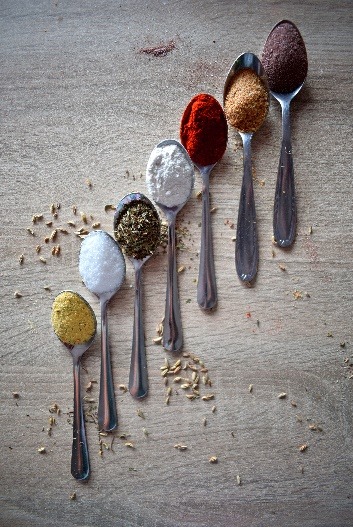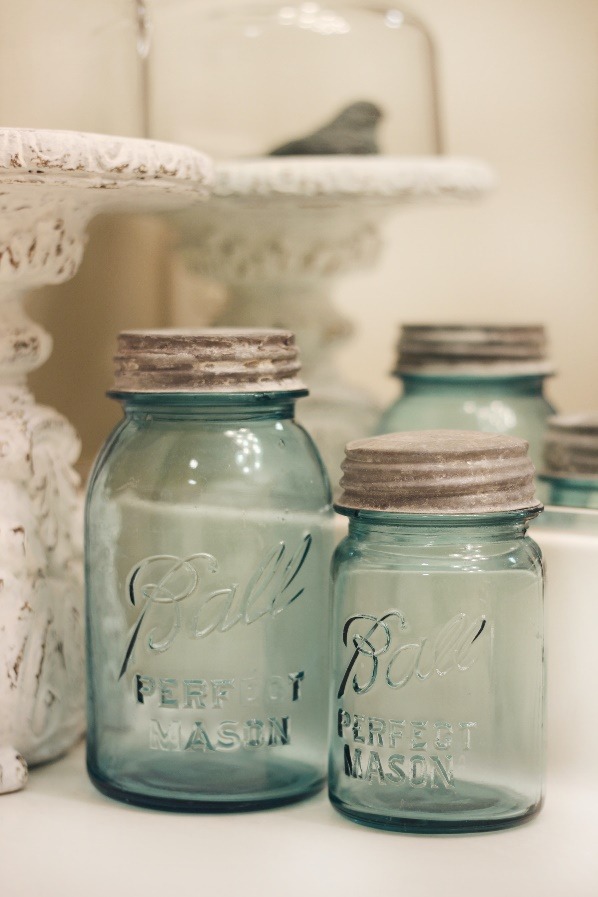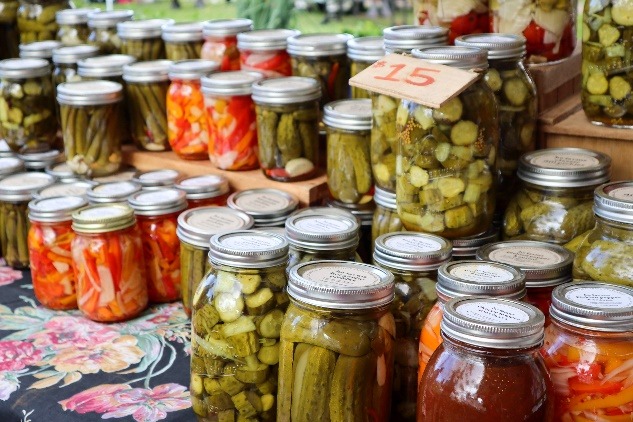Do you know the feeling of despair and agony when your fridge decides to go down, just after you stocked it to the brim? When your lunch is getting warm instead of cold? All these yummy items that you treated yourself with are turning into a reeking disgusting pile of mayhem?
Whether you are living a primitive lifestyle, are preparing for an ocean passage, are planning to go camping this weekend or your fridge simply broke down and you are researching alternative ways to conserve food. Then this article is for you!
Not all of us have the luxury to be owners of a fridge/freezer. Besides that, they are noisy, eat away electricity and create extra heat though their main purpose is to cool. Try to wrap your head around that. My dislike for fridges is sincere.
As I make an effort to live on a budget and these household items create a black hole in your wallet, I didn’t directly buy one. This changed when I won a considerable amount in a minimum deposit casino. During my bachelorette party, my bestie gifted me a small deposit on my online casino account as a token of good luck. We would always give each other the most original presents. With the profit I bought a fridge, a few years later my decadent purchase already died… Delving into life without fridges would be my new goal.
Dry Food
Vegetables, fruit, meat, and fish are only a few types of food that can be dry. Although there is an expiration date printed on most packages and containers, dry food basically can’t go bad.
Bacteria live in a warm and humid environment, these microorganisms will be eliminated
by extracting 35 % percent of moisture from food.

Please keep in consideration that when working with lentils and beans they need to be washed very well before using. Depending on the dirt build-up they need to be rinsed up to 5 times. Practically, keep on going till the water that comes off the lentils and beans runs clear.
In order to reduce the cooking time drastically, they are soaked for a few hours. A word of advice here is not to soak them for an extended period of time. Twelve hours would be advisable. Beans are more sensitive to flatulence, due to the raffinose they contain. To prevent uncontrollably farting on your next date you can rinse the beans every three hours with a maximum total time of 24 hours.
Sterilizing food
If you are a millennial, you probably remember the Mason jars, Weck jars, or the regular jars that your grandmother used to sterilize food. Typically, this was done when there was an abundance of ripe fruit or vegetables that couldn’t be consumed before it would go off.

When I stayed over at my grandmother’s place, we would pick all the rhubarb in her garden and she would make a delicious rhubarb jam. My grandma collected all the honey jars when empty because the thick glass was able to withstand boiling temperatures.
The sterilization procedure would start by placing all the jars filled with jam or anything you can think of in a large cooking vessel. Next, immerse the closed jars in water. Bring the water to a boil and let it boil for 10 minutes. The jars are now sterilized, and the food content will stay edible till the end of time on the condition that it remains untouched.
The only difference between a Mason jar and the German variant Weck pot, is their properties. The Mason jars have a thread in between the lid and the container. A Weck pot on the other hand uses a gasket and applied pressure to seal the pot.
Pickling

Another method to extend the shelf life of delicacies is to pickle them. Not only will it prolong the
condiment it enhances the flavor. Who doesn’t know the sour, sweet, gherkins with a little dash of Dille?
To pickle this small variety of cucumbers, you position them in a glass goblet accompanied with a brine of sugar, vinegar, and any herbs of your choosing. Thereafter the water canning method is fulfilled as described above. Instead of sterilizing prepared nourishments, pickling is the technique of converting raw ingredients to a flavorful side dish and or snack.
Fermenting
The more than 100 centuries old, infamous, chemical process of changing the basic structure of liquids and solid materials by fermenting it. In a vacuum environment particular microorganisms bond with each other and create a different substance. This newly achieved product is incredibly healthy.
That’s the reason why we call them good bacteria.

The absence of oxygen is key to fermenting food. The lactobacillus bacteria will only be formed in these conditions. It will extract the carbohydrates out of foods and transform the sweet taste into the well-known pungent, tangy sour taste.
Using salt will quicken the symbiotic relationship. It is critical to use the appropriate amount of salt, too little won’t stop bad bacteria from enlarging and an overdose will considerably delay the fermentation.
Start with cucumbers and cabbage, they have a naturally high content of sugars and water. Just put the cucumbers in brine or add some salt cover it up and wait for at least a week.
Salting
Another ancient old skill is to cover fresh products in salt to keep them longer. Think about salted fish and meat. As you can already guess salt draws out the moisture in foods hence bacteria don’t get a chance to collaborate with the water to destruct their victim. This mechanism is also widely known as osmosis.
Mind you that you can not eat the salted goodie. The fish or meat for example is safe to eat after you get rid of the excess salt, achieved by bathing it for at least 12 to 24 hours.
If it’s up to me, I prefer dry food and fermenting, the latter being my all-time favorite. Mind-blowing how you can magically transform the taste and substance of your food by a matter of adding a few ingredients and having patience.